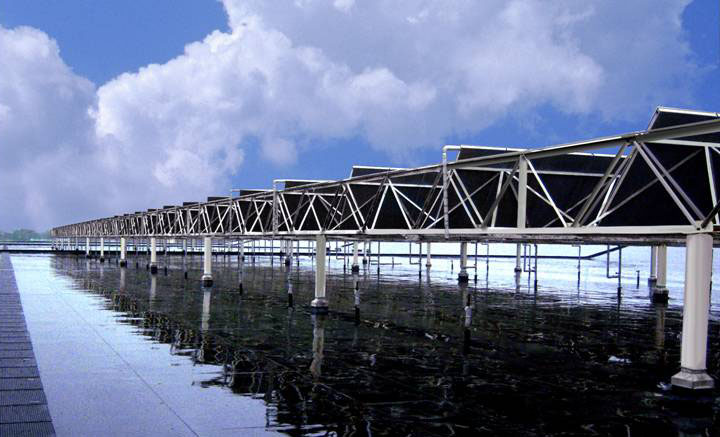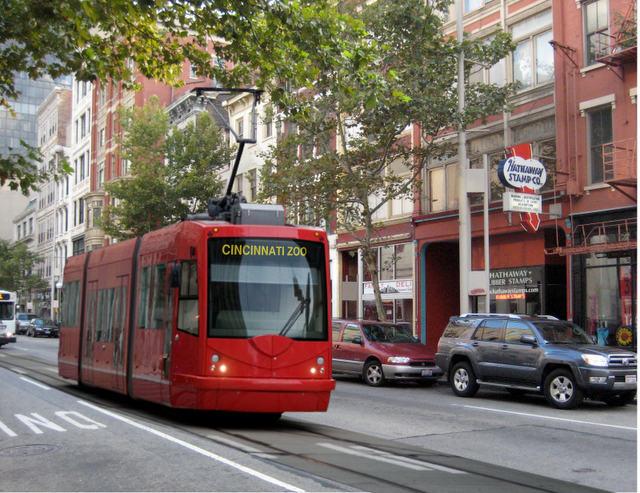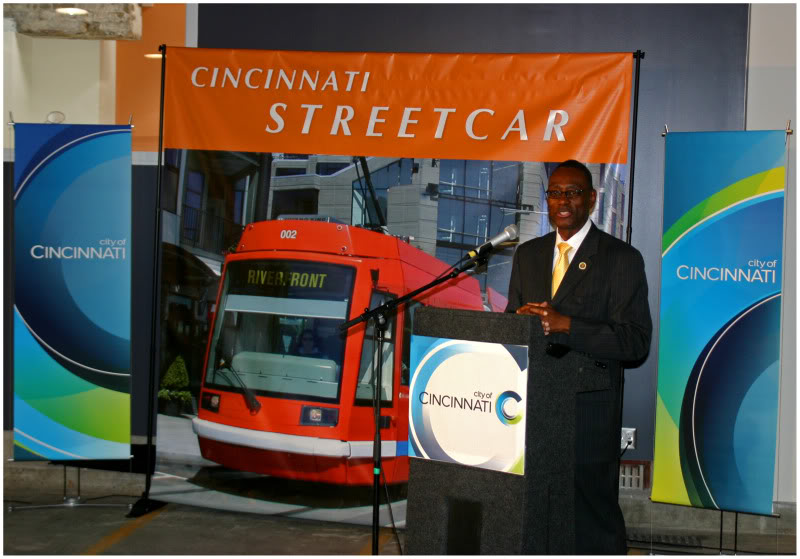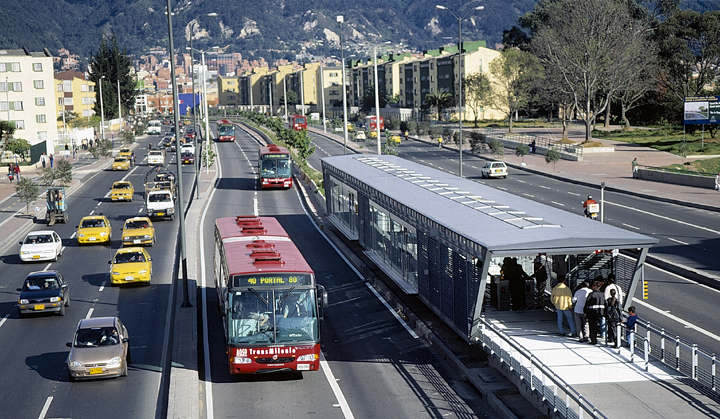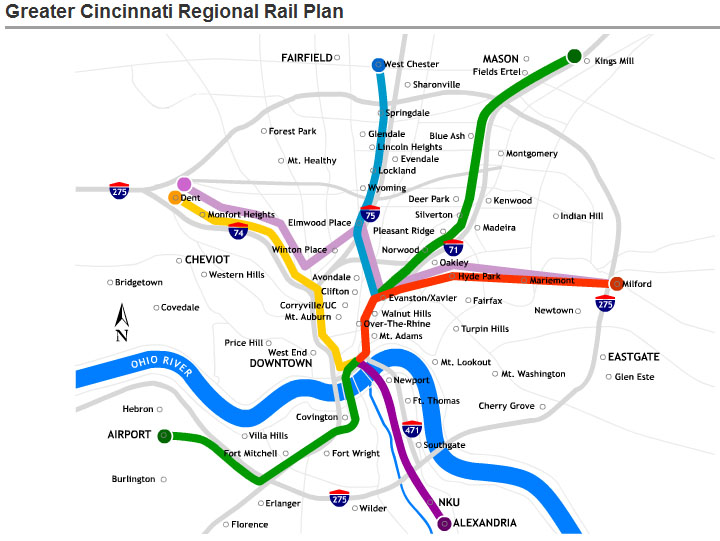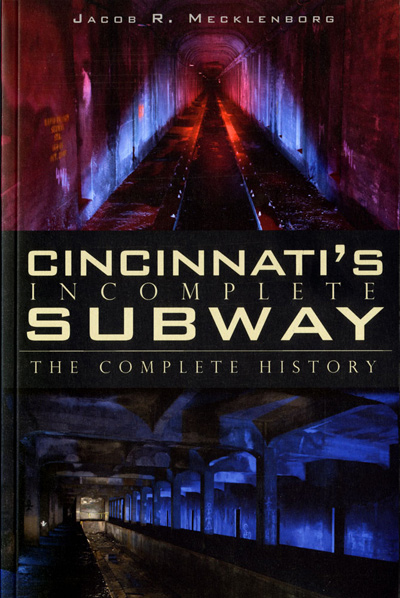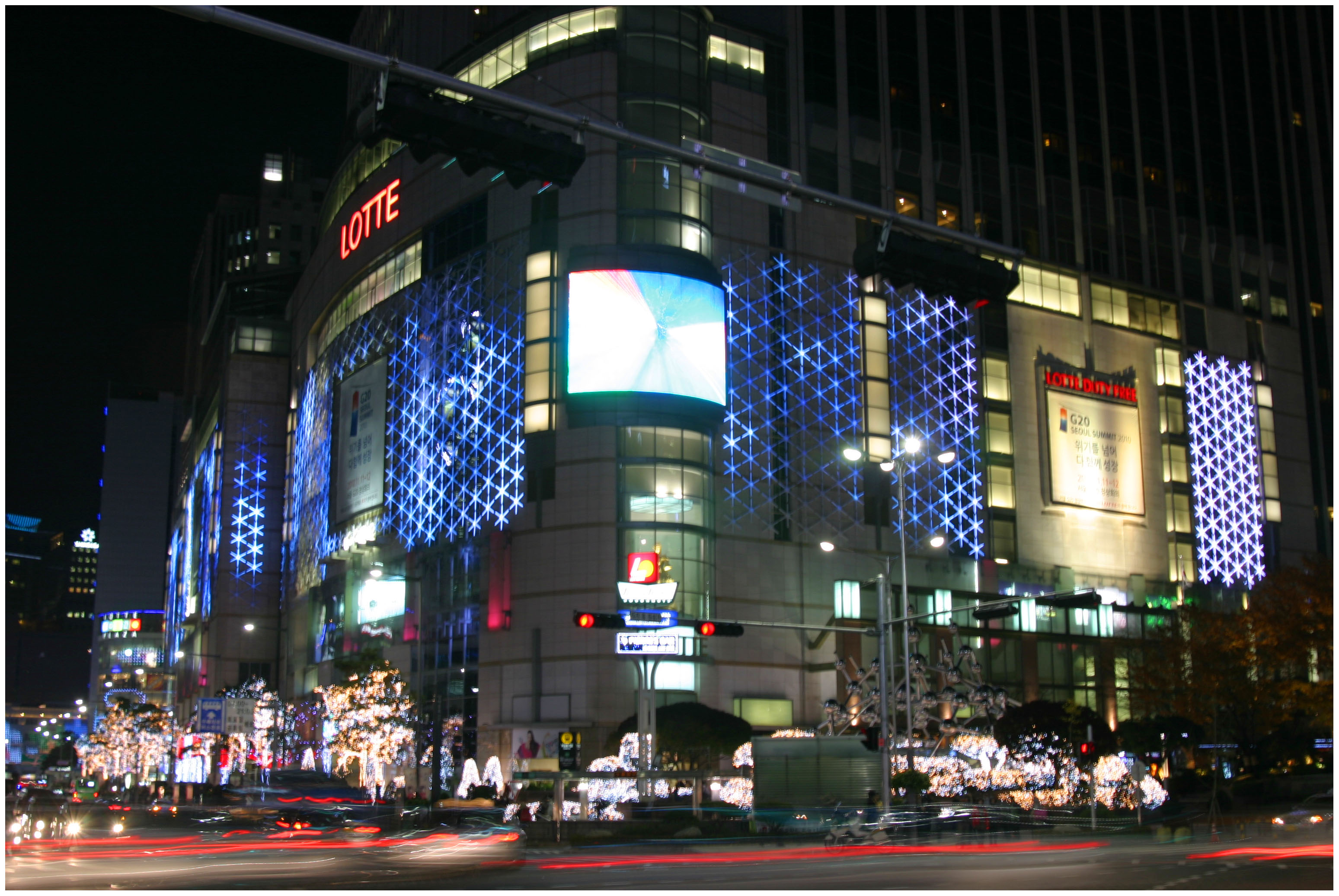Cincinnati-based Neyer Properties is working on $4 million worth of improvement to a large structure along I-75 in Sharonville. The 1.1 million square-foot building will soon become a “major distribution hub” for Hamilton County while also becoming the largest solar photovoltaic project in the Midwest.
While officials expect the redevelopment of Gateway 75 to increase tax revenues and spark additional investments in downtown Sharonville, the development’s focus on sustainable building practices is what has caught the eye of many in the industry.
“Energy savings at Gateway will average 40 to 60 percent annually compared to power generated by fossil fuels,” said Dan Neyer, president of Neyer Properties. “This is a great opportunity for companies that want to lease space at a building that not only saves energy and the planet, but saves on utilities, too.”
In addition to the seven-megawatt solar plant on the roof of Gateway 75, developers hope to make the structure the first LEED-certified industrial building in Ohio and one of only 51 in the nation.
Once installed in 2011, the rooftop solar plant will be leased to a third-party, through a Power Purchase Agreement, that will operate the utility and then sell back the power to Neyer. Developers say that the solar energy generated at Gateway 75 is the equivalent of offsetting roughly 10 million pounds of carbon per year.
Sharonville officials also state that the successful completion of Gateway 75 will result in a major economic gain for the city, and as a result, have contributed $1.8 million in tax increment financing (TIF) to the project. A fully occupied structure, analysts say, will lower bulk warehouse vacancy rate in the Sharonville area from 30 percent to 6 percent.
Developers are finalizing improvements to the building now, and will complete the project as tenants are secured for the refurbished warehouse space.
